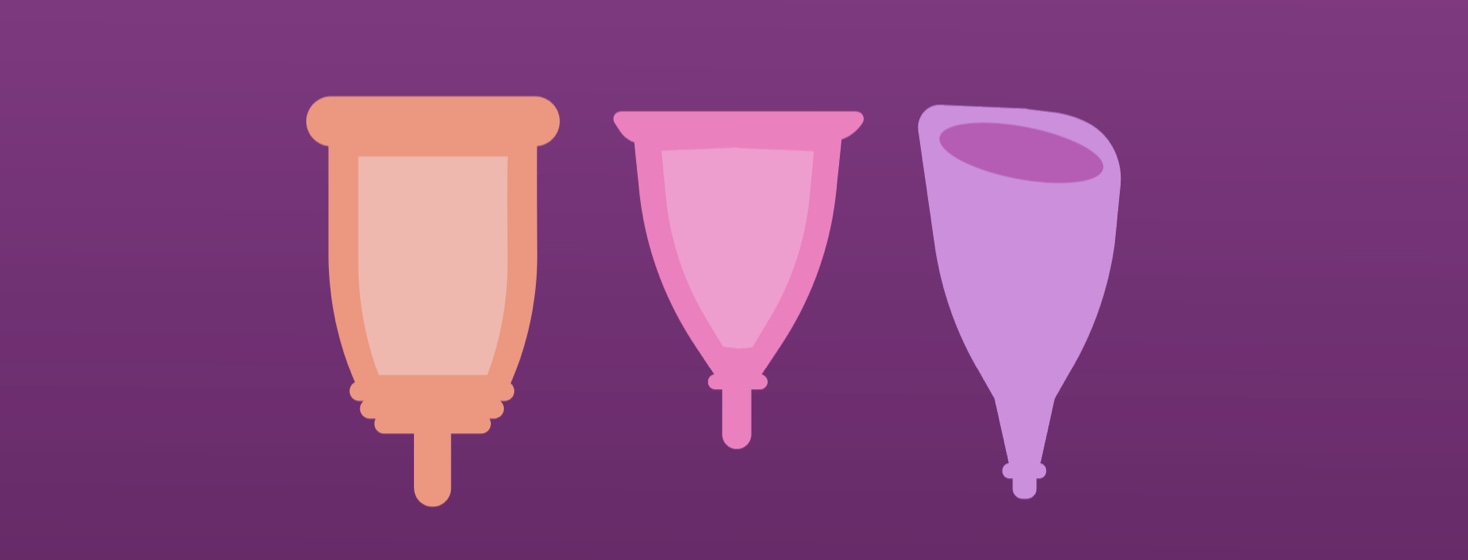Should I Use a Menstrual Cup if I Have Endometriosis?
During my very first period at ten years old, I bled through several super-absorbent pads. Heavy bleeding became a hallmark of my periods, and it was the first warning sign that my menstrual symptoms were not typical.
As a young adult, I grew tired of squirming atop thick cotton pads and double-layering my pads at night. I would also bleed through tampons.
How does a menstrual cup work?
If you’ve also coped with heavy bleeding, you might be able to understand the appeal of a menstrual cup. A menstrual cup is a reusable silicone device that you insert into your vagina to catch your blood.
When the cup is full, you can pour the blood into the toilet, wash the cup, and wear it again. But like many people, I was apprehensive about trying out this gadget.
Would it leak? Would it hurt? Could it make my cramps worse?
While every person’s body and cycle are different, menstrual cups have been a vital tool in my endometriosis toolkit. Unlike a tampon, a cup is soft and flexible.
While researchers are still studying menstrual cups, many people report feeling fewer cramps when they use a cup compared to tampons.1
My menstrual cup has helped me cope with my endometriosis in two important ways: letting me monitor my bleeding and helping me sleep through the night.
Menstrual cups can help you monitor blood flow
Some people may grimace at the thought of emptying a cup full of their own blood. Tampons and pads help to absorb our blood, making our periods (and our hands) less messy.
But tracking my blood has helped me monitor my endometriosis. Bleeding into a cup allows you to know firsthand how thick your blood is, what it smells like, and it's color.
These details may seem like TMI, but they can help tip you off to any concerning medical changes. Since endometriosis is a chronic disease, changes to your blood flow can be a cause for concern.
When I started experiencing horrible cramps and thick, mucousy blood, I was able to go to a medical screening to see if I had developed new or bigger cysts. If you want to monitor your blood with a menstrual cup, you can keep a journal with some notes about your pain levels, the color of your blood, and clots.
Over time, if you notice changes in your bleeding alongside new or worsening pain, you may want to contact your doctor.
They may help promote better sleep
Another potential benefit of wearing a menstrual cup during an endo flare-up is being able to sleep through the night- many people with chronic illnesses like endometriosis report painsomnia, or insomnia caused by pain.
If you have cramps and nausea, you may not be able to relax enough to fall asleep. This painsomnia is exhausting enough, much less if you have to wake up to change out your tampon or pad in the middle of the night.
Fortunately, a menstrual cup can hold about twice as much blood as a standard tampon or pad. If you empty your cup before you go to bed, you may be able to rest without interrupting your sleep.
I wear both a cup and a pair of period panties to be safe while sleeping. Getting sleep is a vital part of managing our chronic illness.
A night’s rest allows our bodies to combat inflammation and injury. Endometriosis can cause our body to feel like it’s attacking itself, so we need to get sleep and give our bodies time to repair some of this damage.
A menstrual cup isn’t a one-size-fits-all option for every person, but it may offer some benefits to endometriosis patients. Consult your doctor to find out if a menstrual cup is right for you.

Join the conversation